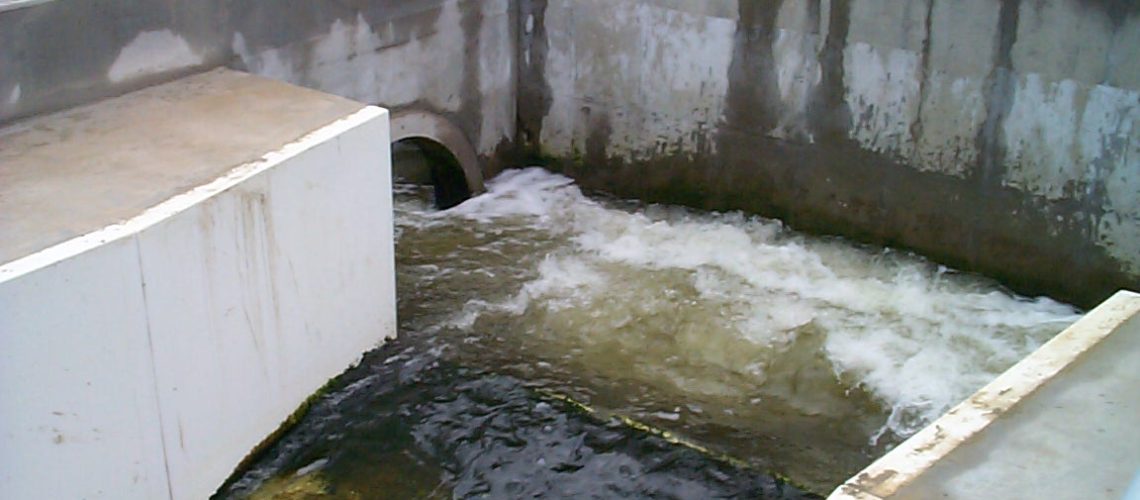If you’re looking for a flume for taking accurate flow rate measurements, nothing works quite like a Parshall flume. There’s a reason it’s among the most popular styles for a variety of applications. Getting a Parshall flume crafted from fiberglass comes with even more benefits that you can enjoy. Learn all about fiberglass Parshall flumes, and discover everything they can do for your flow rate measurement efforts.
What Is a Parshall Flume?
A Parshall flume utilizes a unique yet simple design that dates back to 1915 when it was developed by Dr. Ralph Parshall for the U.S. Soil and Conservation Service. In the more than a century since, this flume has undergone numerous tests and extensive research that led to 22 standard sizes and easy-to-use equations that can account for certain factors in a way that other styles simply can’t.
Where Can It Be Used?
Applications for Parshall flumes are quite varied, as they fit with several different types of flow channels. Water rights and wastewater are among the most common uses, but runoff applications are popular as well, such as edge-of-field runoff and stormwater runoff. Additionally, you can use Parshall flumes for measuring mine discharge and industrial pretreatment discharges.
What Are the Limitations?
Parshall flumes certainly have a lot to offer, but there are a few limitations you should be aware of. These flumes can be suitably accurate for flow rate measurements, but they’re not the most accurate option on the market. When installed properly with conditioned flow streams, accuracy is typically +/- 3%-5%. A lot of the more accurate options require special conditions, so it’s likely that the Parshall flume will be the most accurate option for your flow channel conditions. Additionally, you should be prepared for a submergence transition of about 50%-80% depending on the size of your Parshall flume.
Are There Different Versions?
You’ll find a few different configurations available when it comes to the Parshall flume. Aside from the different sizes, which are not simply scale versions of each other, you’ll find some versions that change the shape slightly. The Montana configuration is one of the most popular alternatives. It functions similarly to a Parshall, but it doesn’t have a throat or discharge section. Montana flumes are especially useful for free-spilling flows. Cutthroat flumes are similar, though they just remove the throat while keeping the discharge section.
What About Fiberglass?
Fiberglass construction is one of the most important aspects of any Parshall flume. You can find other materials, but fiberglass offers the most benefits. While fiberglass Parshall flumes are generally more costly compared with steel, they tend to last much longer and are easier to make. Thanks to the nature of fiberglass, construction is relatively easy and models the flume using a mold. The process also allows for exact specifications even if your Parshall flume implements some unusual designs.
Parshall Flumes From Tracom
If you’re looking to get a fiberglass Parshall flume of your own, Tracom is happy to help. You can browse our catalog of flumes or work with our design team on something a bit more unique to your flow channel conditions. Contact us today to get started!



